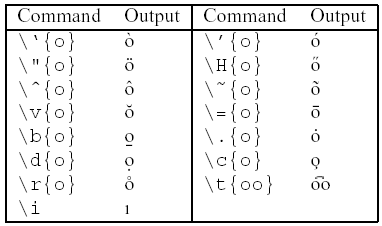

Bibtex in latexit full#
Even though bibtex or bibtex8 can still be used, you'll need to use biber to get Biblatex running at full steam. In terms of LaTeX bibliography management, it is a huge step forward.īiblatex originally used bibtex for preprocessing but now biber, a bibliography processor written in Perl and specifically designed for Biblatex, is the preferred backend. Really, there's hardly a requirement Biblatex cannot fulfill. Furthermore, it is much more powerful than any other existing approach, providing things like citation filtering, sectioned bibliographies, chapter bibliographies, full cites, ibidem, gender differentiation, full localization, on the fly modification etc. Customizing a bibliography style can be as easy as adding a LaTeX line in your preamble. There are also user contributed additional biblatex styles for specific purposes or specific journals.īiblatex overcomes several limitations of BibTeX, and is much easier to use, for anyone familiar with LaTeX. The biblatex package itself ships with a number of these files that cover the most common purposes. It avoids the crude language of BibTeX's bst files and controls the design of the bibliographies and citations by LaTeX macros.īiblatex introduces a new, LaTeX-based style file format or, more precisely, a system of task-differentiated style files: "biblatex bibliography styles" (bbx files) controlling the layout of the bibliography, "biblatex citation styles" (cbx file), controlling the layout of the citations, and "language definition files" (lbx files) controlling the localization. In LaTeX, tables are typed in tabular environment.Biblatex is a specific approach to bibliography management.X & X & X \\ X & X & X \\ X & X & X \\ X & X & X \\ X & X & X \\ If the need to add paragraph type entries that might continue into another line, we can use p \\

These column types will not be wrapped and the column width will be set by LaTeX to fit to their contents. There are three column type for simple entries: l for left-justified, c for centered and r for right-justified. We can represent each column with a special key letter that also specifies the column’s alignment properties. When working in a tabular environment, we need to let LaTeX know how many columns we are working with beforehand. Now let’s focus on the meaning of the c parameters. It’s that simple to add elements to a tabular environment. We use \\ to separate each row, and & to separate the cells inside a row.

The first thing to notice is how we are adding our content.


 0 kommentar(er)
0 kommentar(er)
